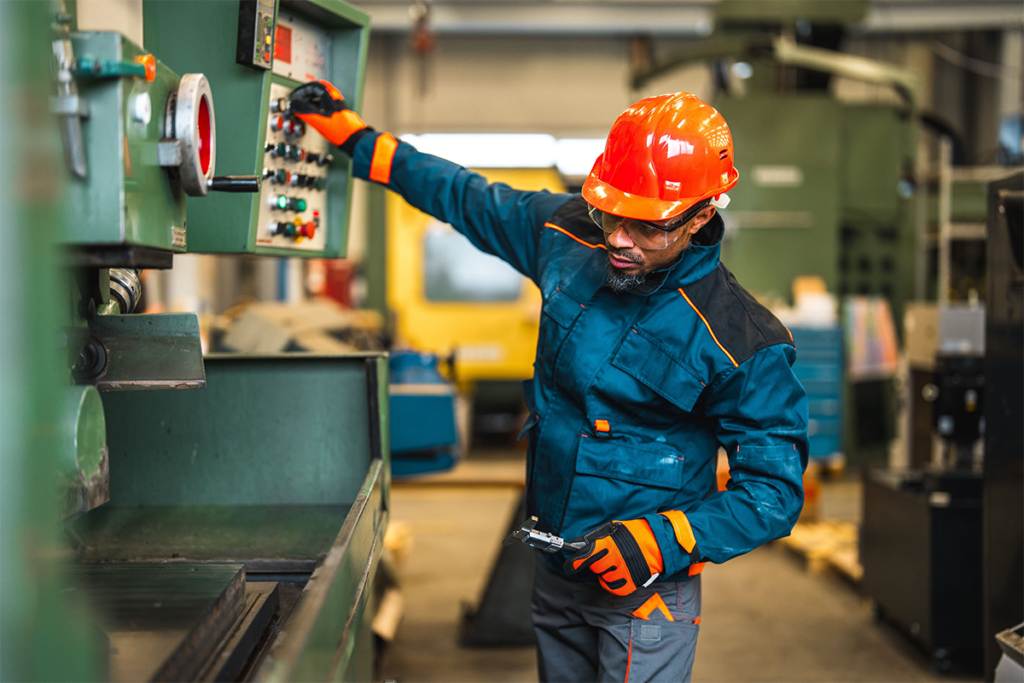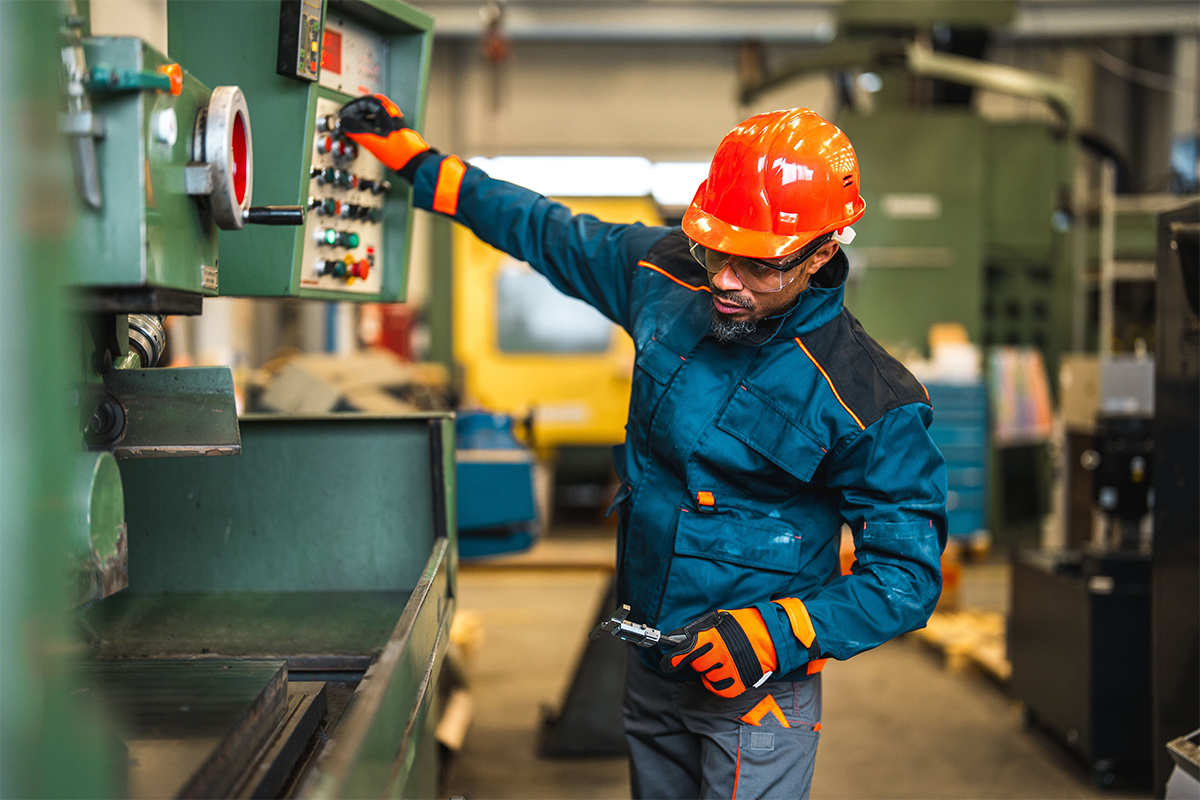
Before an expeller press can crush oilseeds to separate the liquid fat from the solid meal, most seeds need to be pre-heated and pre-treated to prepare the material for pressing. A high-shear dry oilseed extrusion machine like the Anderson Dox™ Extruder tackles these preliminary steps as it simultaneously cooks, dries, and shears seeds, breaking them down so the oil flows more freely in the screw press.
But when the extruder stops extruding as it should, it can’t generate the right amount of frictional heat or pressure inside the barrel, which means the material can’t cook, dry, or break down properly. These issues can have major implications downstream—reducing oil recovery rates in the press and impacting the quality of the final products.
Unless you can fix your extruder issues quickly, repercussions from this process could impede your production—and even your profits. Diagnosing and solving the most common problems you might encounter with an oilseed extrusion machine can save precious time and money, so you can keep production (and profits) flowing.
To dive deeper into diagnosing extrusion machine issues, download our Extruder Troubleshooting Guide: “How to Fix and Prevent 6 Common Extrusion Problems”
Identifying the most likely causes
Nearly every setback you might encounter with an oilseed extrusion machine can be traced back to one of these three causes:
- Equipment wear and tear: Constant friction naturally wears down the internal components of the extruder over time. As the barrel liners, worm flights, choke inserts, and other parts erode, the extrusion machine must work harder to generate enough internal pressure and heat to effectively cook and break down oilseeds.
- Pre-treatment: The condition of the raw material being fed into the extruder drastically impacts the machine’s performance. For example:
- The higher the moisture content of the seed, the harder it is to heat. Wet material may prevent the extrusion machine from reaching the ideal pressure or temperature. Seed with low moisture content, on the other hand, could scorch and burn inside the extruder, degrading the quality of both oil and meal.
- The larger the seeds (or seed particles), the harder the extrusion machine must work to thoroughly masticate the material, which lowers its overall capacity. Although the Dox can process whole soybeans, its capacity and efficiency increase when processing cracked beans.
- Feed rate: The amount of material entering the extrusion machine determines how much internal pressure and frictional heat it can generate. If this feed rate is inconsistent, the extruder can’t work efficiently, and its internal parts will wear unevenly, leading to pricey (yet preventable) downtime and repairs.
- If the feed rate is too low, the extruder can’t generate enough heat or pressure to break down the seeds, forcing the expeller press to work harder downstream and impacting oil recovery rates.
- If the feed rate is too high, oilseeds will move through the extruder before it can cook or churn. Overfeeding could even jam the machine, forcing an emergency shutdown.
Preventing extrusion machine problems
Regardless of the specific extruder troubles you’re facing—whether you’re noticing a reduction in the extruder’s capacity or observing lower oil recovery rates from the press downstream—analyzing the most likely causes will point you toward the most effective solutions:
- Since most extrusion machine mishaps stem from worn or damaged equipment, routine maintenance is critical to keep equipment running at peak performance levels. Carefully inspect wearing parts for signs of damage, and follow a preventative maintenance plan for your extruder to minimize sudden breakdowns and operational surprises.
- To minimize variations in the raw material being fed into the extruder, monitor key parameters like moisture content, particle size, and feed rate using automated controls. Many other steps are involved before oilseeds enter the extruder, so manage these processes closely.
With so many moving parts and variables in an oilseed processing plant, it can be challenging to troubleshoot complex extrusion issues—especially when multiple factors or causes could be to blame. If you need help diagnosing and solving problems with your oilseed extrusion machine, contact the experts at Anderson International. Whether you need technical support, replacement parts, dedicated inventory management, or other assistance, you can count on Anderson’s experience and expertise to optimize your extrusion system and maximize your production.
Contact us to learn more.

